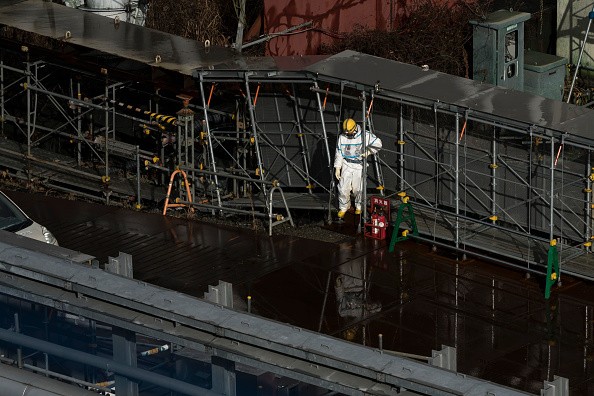The Chinese government has admitted damage to fuel rods at a nuclear power plant in the south of the country, but said there have been no radioactivity leak.

US Government Assesses a Reported Leak at the Facility
China's Ministry of Ecology and Environment said the problem was "common" with no need for worry. The acknowledgment comes after CNN reported that the United State government was assessing a reported leak at the facility. The French energy firm which assists in operating the plant in Guangdong province reported a "performance issue" earlier.
On Monday, an EDF spokesperson said a problem with fuel rods had brought about the build-up of gases, which had to be discharged into the atmosphere. In its report, CNN said the company had given warning to the US government that the nuclear regulator of China had raised limits on permissible levels of radiation outside the plant to prevent shutting it down.
But China's environment ministry said this report was not true in a Wednesday statement. The statement - its first formal confirmation of the incident - said while the regulator, the National Nuclear Safety Administration (NNSA), had made a review of the use of noble gases in a reactor, this had "nothing to do with radiation detection outside the nuclear plant."
Noble Gases
Noble gases - also referred to as inert gases - are a group of stable chemical elements whose reactivity are very low. They are usually used in situations where researchers do not want chemical reactions, for example in nuclear reactors or lighting.
A boost in radiation levels was noticed in Taishan's Unit 1 reactor, but this was within the parameters for secure operations, the ministry said. The ministry said the increase was brought about by destruction to the cladding of a little number of fuel rods. Sealed metal tubes which carry nuclear materials used to fuel the nuclear reactor are called Fuel rods.
The ministry said of the 60,000 fuel rods in the reactor, the destroyed ones was responsible for "less than 0.01 percent. "Its statement said "fuel-rod damage during the nuclear power plants operation can be prevented" and "a common occurrence"

Taishan Plant
The Taishan plant supplies power for the Guangzhou and Shenzhen regions, both primary manufacturing hubs.
China has dozens of nuclear plants and has put in billions of dollars to develop its atomic energy sector. China is one of the biggest nuclear power users and is producing more reactors at a time when few other governments plan new facilities due to the cost of solar, wind and other options is plunging.
Chinese leaders see nuclear power as a means to curb air pollution and make a demand for imports of gas and oil, which they consider as a security risk.
Related Article : Brewing Heat: Nuclear Reactions Are Flaring in the Deeps of Chernobyl
For more news, updates about radiation leaks and similar topics don't forget to follow Nature World News!
© 2026 NatureWorldNews.com All rights reserved. Do not reproduce without permission.





